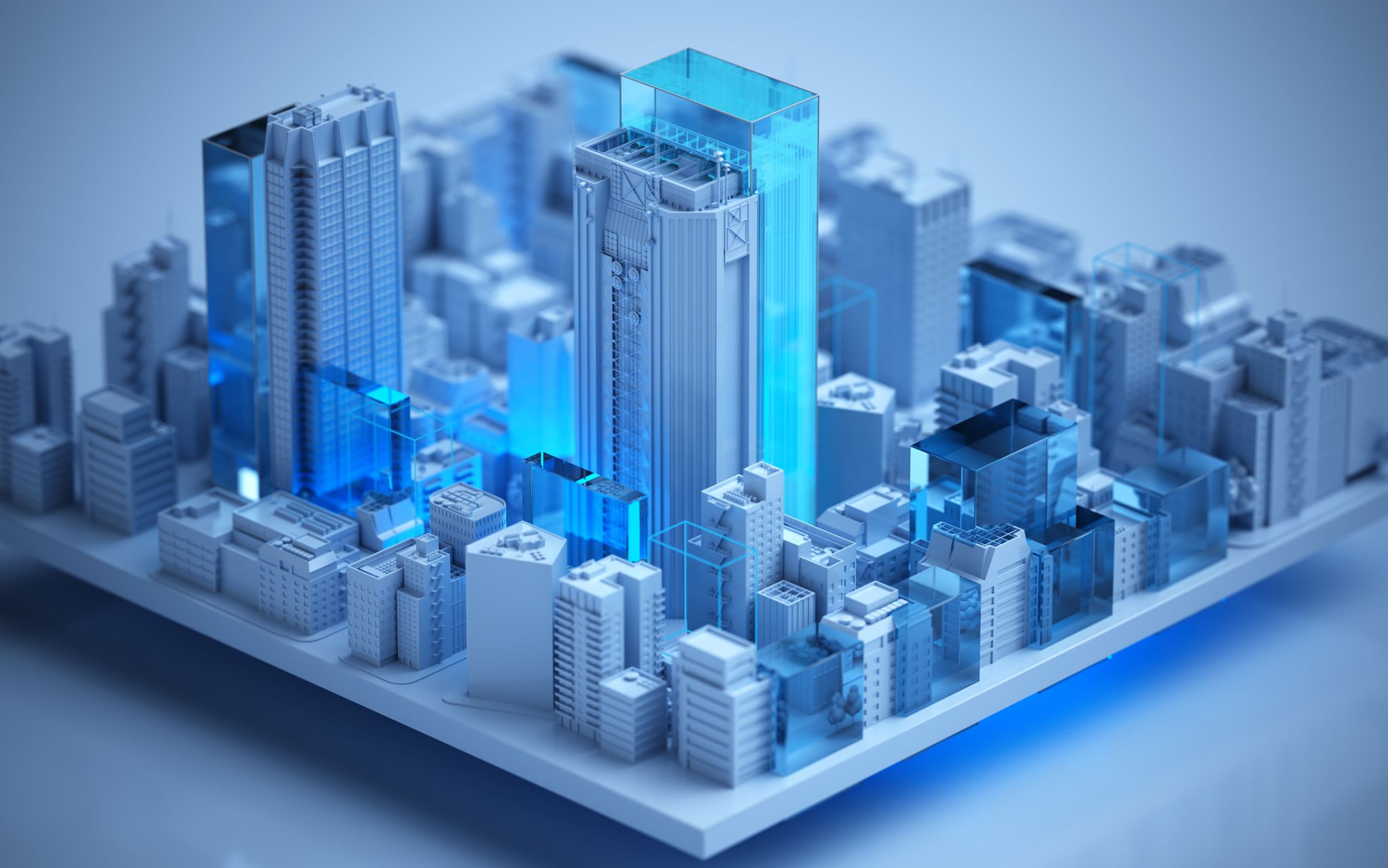Architectural Innovations: What Sets Bengaluru Architects Apart?
Introduction to Bengaluru's Architectural Landscape
Bengaluru, often referred to as the Silicon Valley of India, is not only a hub for technology and innovation but also a beacon of architectural excellence. The city's architects are renowned for their ability to blend tradition with modernity, creating structures that are not only functional but also aesthetically pleasing. In this blog post, we explore what sets Bengaluru architects apart from their peers across the globe.

Innovative Use of Materials
One of the defining characteristics of Bengaluru architects is their innovative use of materials. They often experiment with a variety of materials, including sustainable and locally sourced options, to create structures that are both environmentally friendly and visually striking. This approach not only reduces the carbon footprint but also supports local industries.
Furthermore, architects in Bengaluru are adept at incorporating traditional elements into modern designs. This fusion of old and new results in buildings that respect cultural heritage while meeting contemporary demands. The use of local stone, wood, and other materials helps preserve the city's unique architectural identity.
Sustainability as a Core Principle
Bengaluru's architects are pioneers in sustainable architecture. Many firms in the city prioritize eco-friendly practices, such as using energy-efficient technologies, rainwater harvesting systems, and green roofs. These initiatives not only contribute to environmental conservation but also reduce long-term operational costs for building owners.

Moreover, the emphasis on sustainability extends to urban planning. Architects work closely with city planners to design spaces that promote green living, such as parks, pedestrian-friendly pathways, and public transportation networks. This holistic approach ensures that Bengaluru remains a livable and vibrant city for future generations.
Embracing Technology and Innovation
In a city known for its technological prowess, it's no surprise that Bengaluru architects are at the forefront of technological integration in architectural design. They employ cutting-edge software for 3D modeling, virtual reality simulations, and advanced building information modeling (BIM) to enhance the design and construction process.
This technology-driven approach allows architects to visualize projects in detail before groundbreaking, enabling them to make informed decisions and minimize errors. The result is a more efficient construction process and buildings that are precisely executed according to plan.

Cultural Sensitivity and Community Engagement
Bengaluru's architects are deeply aware of the cultural and social fabric of the city. They strive to design spaces that are not only functional but also reflect the diverse communities they serve. This cultural sensitivity is evident in their work on public spaces, residential complexes, and commercial buildings.
Community engagement is a crucial aspect of the architectural process in Bengaluru. Architects often collaborate with local residents and stakeholders to ensure that their designs align with community needs and aspirations. This participatory approach results in spaces that are more inclusive and culturally relevant.
The Future of Architecture in Bengaluru
As Bengaluru continues to grow and evolve, its architects remain committed to pushing the boundaries of design and sustainability. With an ever-increasing focus on smart city initiatives and green architecture, the future looks promising for this vibrant city.
In conclusion, what sets Bengaluru architects apart is their ability to blend innovation with tradition, their commitment to sustainability, their embrace of technology, and their cultural sensitivity. These qualities ensure that they continue to lead the way in shaping the architectural landscape not only in India but around the world.

